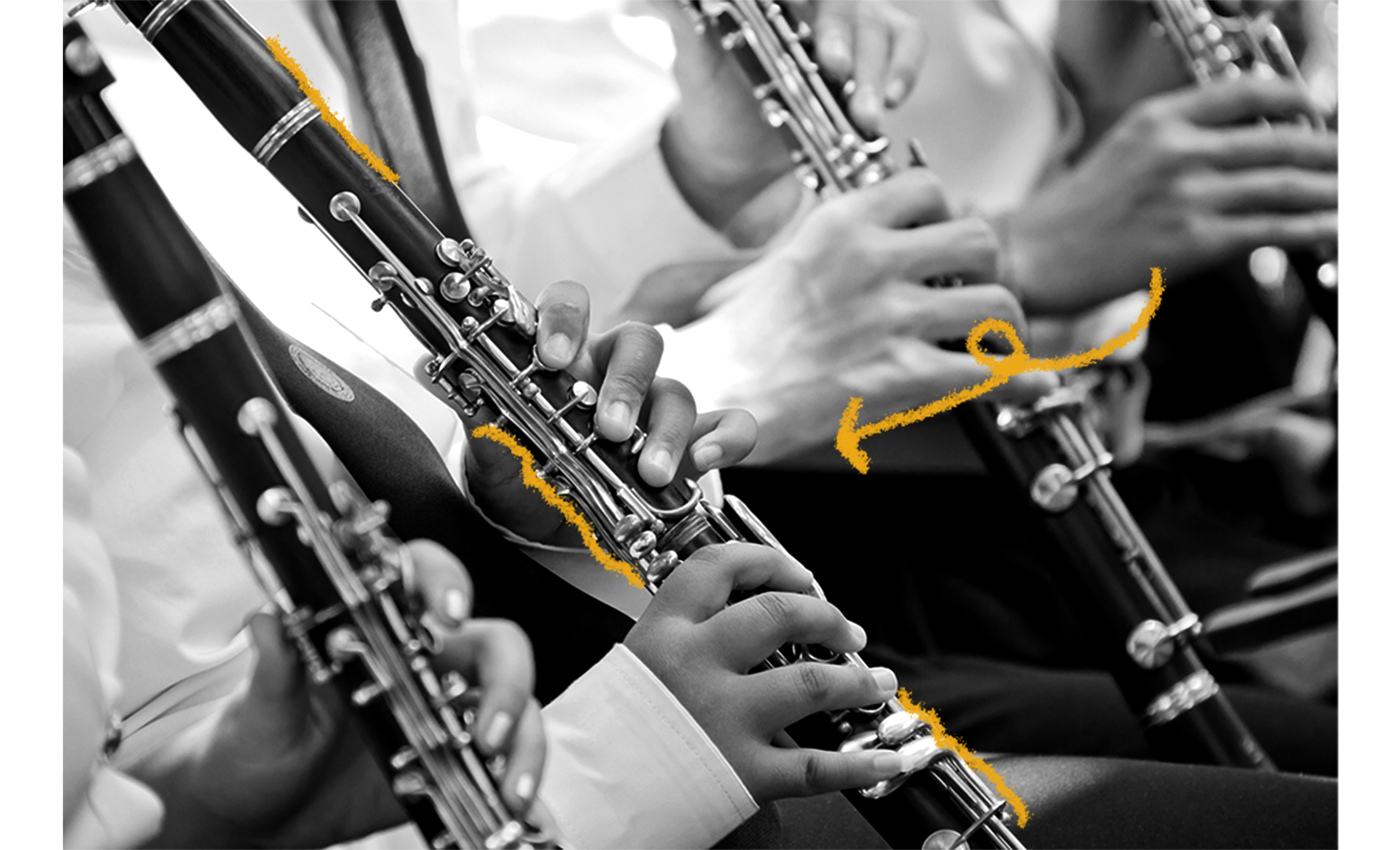Transverse flutes made from animal bones were used in Europe as far back as the Paleolithic era. However, it wasn’t until the 16th century that a more recognizable ancestor of the flute we know today first emerged. After it was adopted for widespread use during the Renaissance, various refinements were made to the flute. For example, early versions did not feature keys, but were instead constructed very simply with just a cylindrical body, a mouthpiece, and seven finger holes. In the latter half of the 17th century, flutes with a conical body and a single key attached began to emerge, allowing for the playing of all semitones (rather than just some) for the first time. (Today, this instrument still exists and is known as the baroque flute.) A new type of flute was introduced at the Paris Exhibition of 1847 by Theobald Boehm, a German wind instrument manufacturer. The flute featured a metal tube with numerous keys attached. Boehm’s flute represented major refinements over previous designs and, in fact, Boehm is credited with essentially creating the modern flute that we use today.

Your go-to guide for weird history facts
Subscribe to the FREE daily email that makes learning about history fun.


